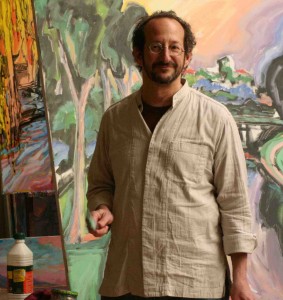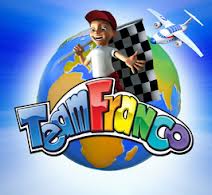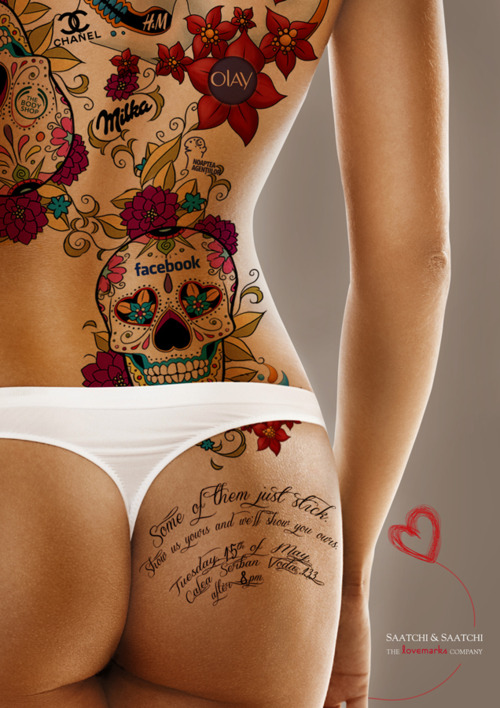What? Your chair has four legs?
September 4, 2013
Jeff Hessing, resident artist at The School of Curiosity, reckons our minds are full of preconceptions and that the process of painting is a great way of challenging what we think we know. Challenging what we think we know is one way to find new insights, meanings and even new ideas. This will be his theme when he leads the art workshops at our ‘End of Summer School’ in Villefranche-sur-Mer 23-25 October. You can download the full prospectus here.
He’s exhibited all over the world, mainly the US, China and France and is as excited about the “End of Summer School’ as we are. He says “Painting is a lot more than putting marks on a page or canvas. It is a way of seeing. We see with our mind. Our eyes are merely lenses. Over the years our minds develop countless preconceptions about how things appear so it can quickly interpret the world around us. For instance; chairs have four legs. The novice artist looks at a chair then looks at the paper. His mind tells him chairs have four legs which he then draws. But in reality he cannot see one of the legs from the angle he is looking because it is hidden by the seat.
In my class we will do exercises that force us to really see familiar objects as if for the first time. To short-circuit our preconceptions.
This same process applies to all problem solving. Our minds tend to go to old familiar solutions, to follow well used patterns of thought rather then see things with fresh eyes and come up with an innovative idea”.
How many legs has your chair got?
Have a curious day.



